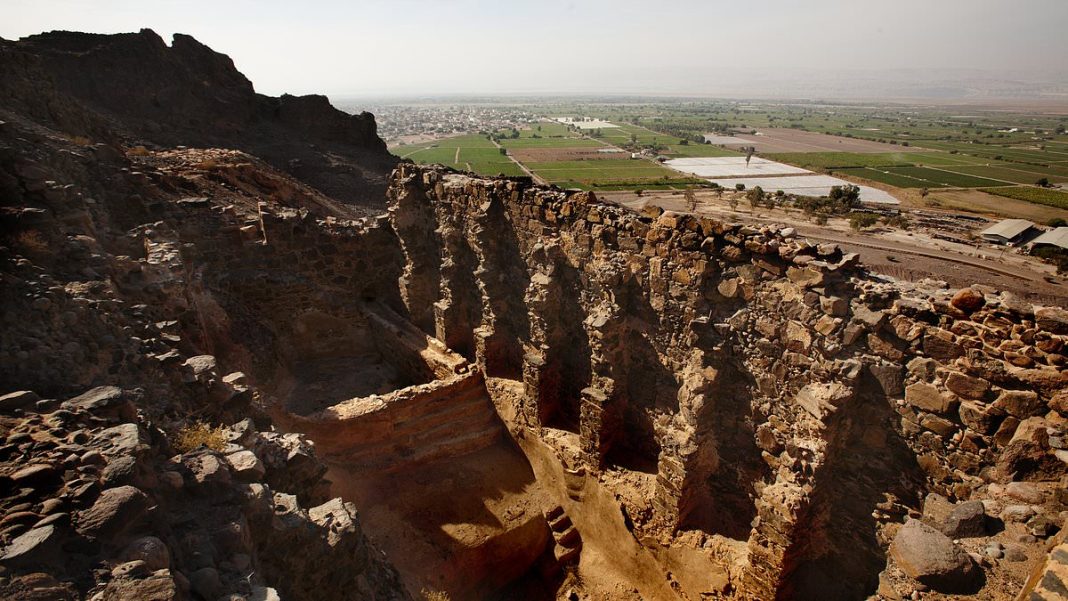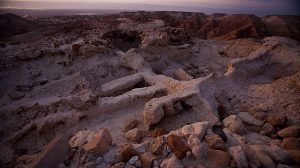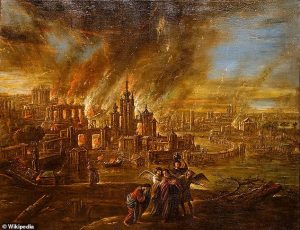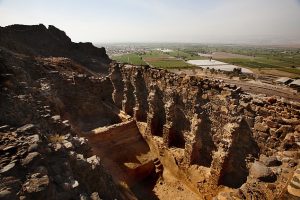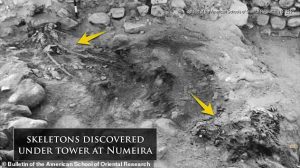Key Archaeological Findings
Archaeologists have uncovered compelling evidence linking the biblical cities of Sodom and Gomorrah to actual historical sites near Jordan’s Dead Sea. The discoveries reveal fire-ravaged ruins and destruction patterns consistent with the Old Testament narrative.
Five Cities of the Plain Identified
The archaeological team located five ancient settlements following a north-south alignment along hilltops near ancient streams:
- Sodom at Bab edh-Dhra – showing Early Bronze Age occupation and permanent abandonment
- Gomorrah at Numera – featuring fire-damaged ruins and skeletal remains indicating sudden catastrophe
- Admah and Zeboim at Fifa and Khanazir – showing similar destruction patterns
- Zoar near modern Safi – the only continuously inhabited city, serving as Lot’s refuge
Dr Titus Kennedy, a field archaeologist, emphasized the significance: “You’ve got five cities that potentially all look the same and the same types of things happened there in the right geographical area.”
Evidence of Destruction from Above
At Bab edh-Dhra, believed to be Sodom, archaeologists discovered charnel houses burned from above. Dr Kennedy explained: “When they were excavating in the cemetery, they found that the charnel houses had been burned on the inside… the fire had actually started on the top of the roof, burned through it into the chamber and then spread throughout.”
This pattern matches Genesis 19’s description of fire from heaven destroying the cities as divine punishment for extreme wickedness.
Zoar: The Spared City
Zoar stands out as the only city that escaped destruction, serving as refuge for Lot and his family. Excavations over 30 years have revealed:
- Two large Byzantine churches
- Roman fort remains
- Nabataean habitation evidence
- Bronze Age pottery confirming continuous occupation
Kennedy noted: “It’s certainly a significant Christian city at that period.”
Lot’s Cave Discovery
A key finding was Lot’s Cave in nearby mountains, containing Early and Middle Bronze Age pottery. Kennedy described it as “pretty astonishing” due to its connection to the biblical prophet. The cave features a Byzantine church with inscriptions linking it directly to Lot.
Historical Corroboration
Ancient sources support these identifications:
- The 6th-century Madaba Map references Zoar’s location
- 1st-century historian Josephus documented “the Dead Sea extended as far as Zor of Arabia”
- A 369 AD tombstone for Bishop Opsis confirms Zoar’s Christian significance
Kennedy highlighted Zoar’s importance: “This is one reason why Zoir is very important… because we know where Zor is still. It’s definitely established because it was never lost to history.”
The archaeological evidence, while requiring further excavation, provides compelling historical context for the biblical narrative of the cities of the plain.


